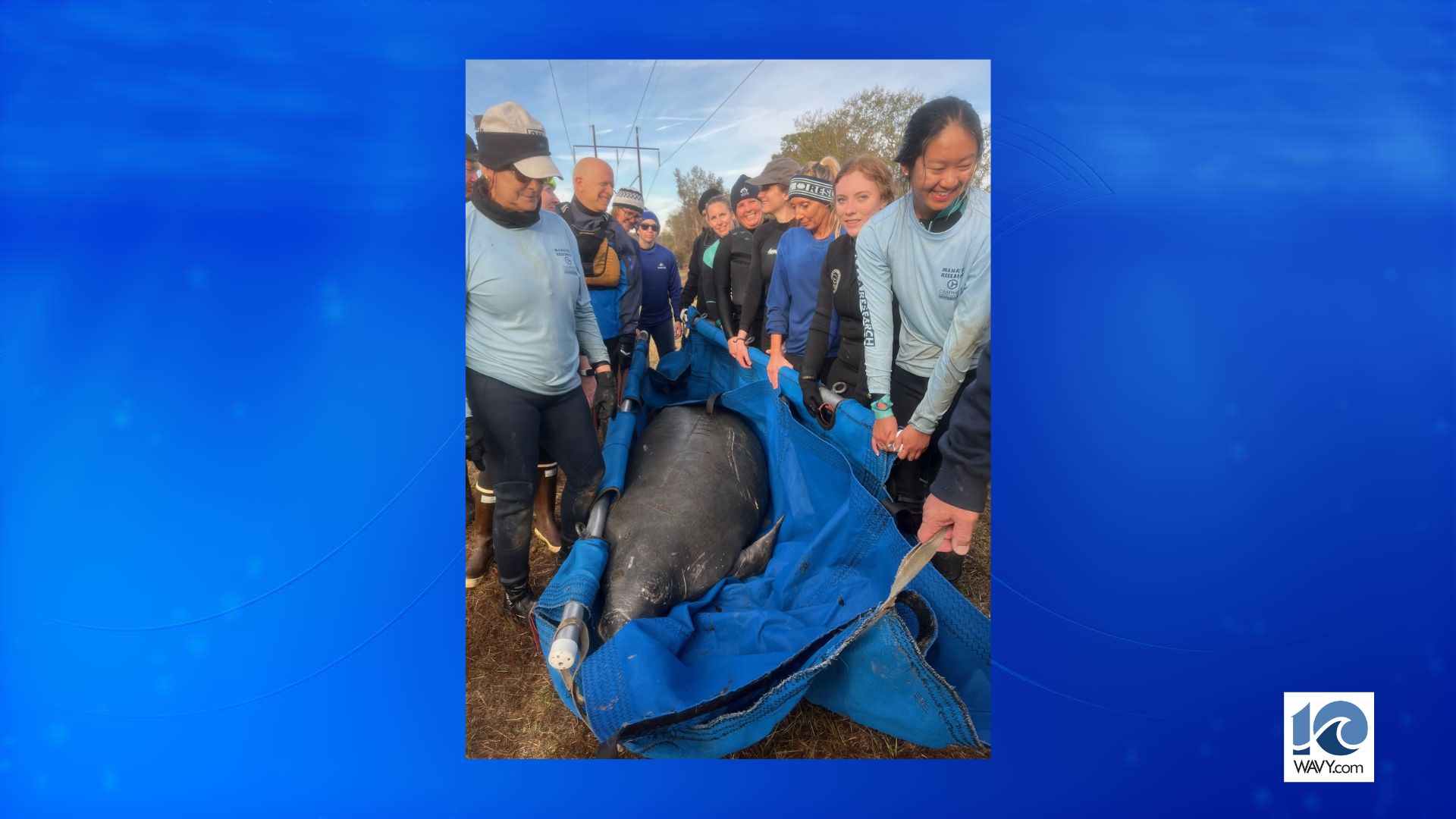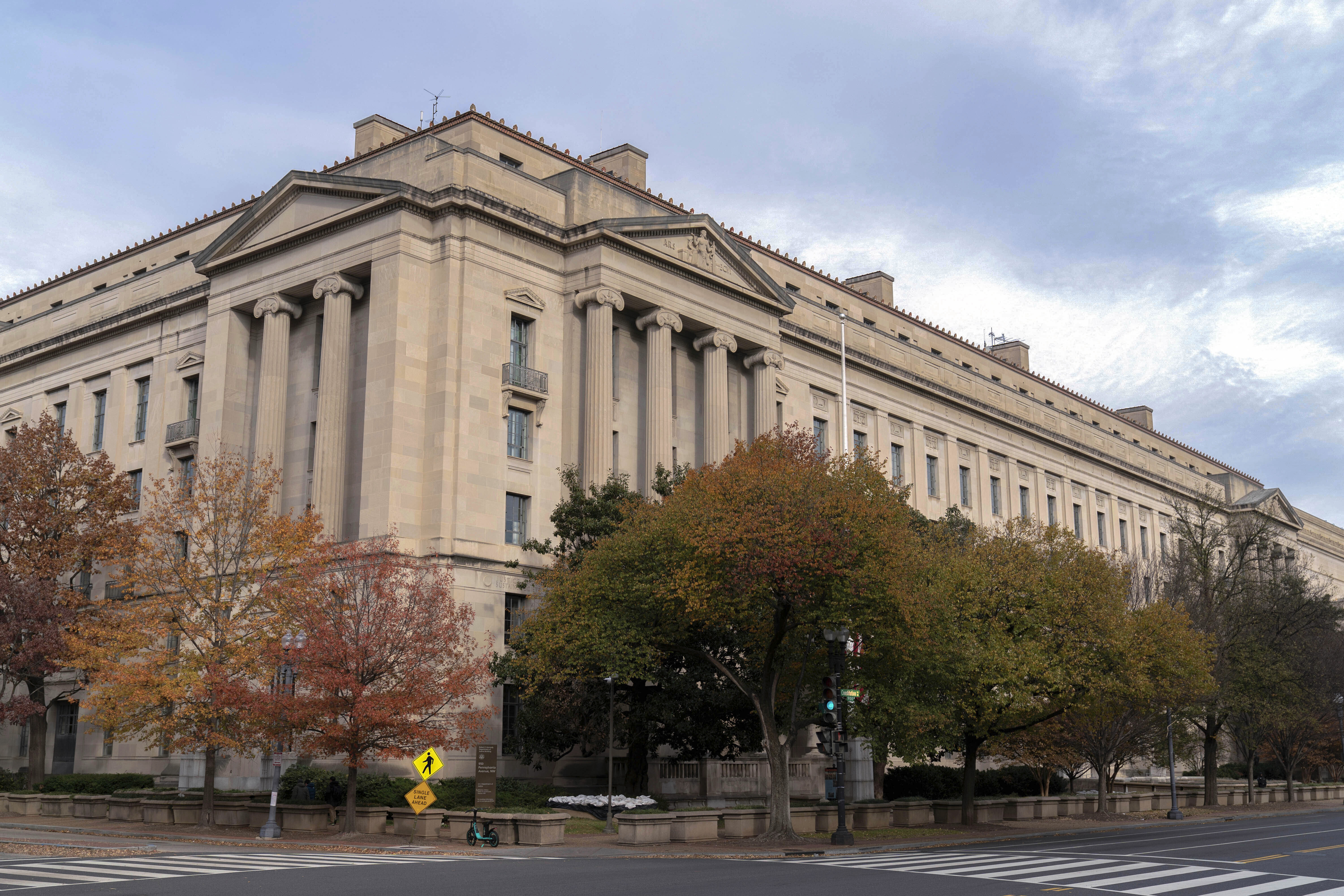(The Hill) — Exposure to extremely hot or cold temperatures raises a heart disease patient’s risk of dying, according to a new study.
Combing through four decades worth of global data on heart disease patients, the authors found that such extremes were collectively responsible for about 11.3 additional cardiovascular deaths for every 1,000 such incidents.
Patients with heart failure were more likely than those with other types of heart disease to face negative impacts from very cold and hot days, the authors observed, publishing their findings on Monday in the American Heart Association’s journal Circulation.
These individuals experienced a 12-percent greater risk of dying on extreme heat days and a 37-percent increased risk of dying on extreme cold days, in comparison to optimal temperature days in a given city, according to the study.
The apparent link between temperature extremes and patient outcome “underscores the urgent need to develop measures that will help our society mitigate the impact of climate change on cardiovascular disease,” study co-author Haitham Khraishah, a fellow at the University of Maryland School of Medicine, said in a statement.
To draw their conclusions, Khraishah and his colleagues conducted a global analysis of more than 32 million cardiovascular deaths over 40 years. The study looked at deaths in 567 cities in 27 countries in five continents between 1979 and 2019.
While the precise measure of weather extremes varied from city to city, the researchers defined this as the top and bottom 1 percent of the temperature at which the lowest death rate is achieved.
For every 1,000 cardiovascular deaths, the researchers found that extreme hot days —above 86 degrees Fahrenheit in Baltimore, where the authors are based — were responsible for 2.2 additional deaths.
Meanwhile, they found that extreme cold days — below 20 degrees Fahrenheit in Baltimore — accounted for 9.1 additional deaths.
Heart failure patients experienced 2.6 additional deaths on extreme hot days and 12.8 on extreme cold days, according to the study.
Although the researchers don’t know why temperature extremes had a greater impact in heart failure patients, Khraishah surmised that this “could be due to the progressive nature of heart failure as a disease.”
“One out of four people with heart failure are readmitted to the hospital within 30 days of discharge, and only 20 percent of patients with heart failure survive 10 years after diagnosis,” he said.
Khraishah and his colleagues acknowledged that their study had some limitations, including underrepresentation of data from South Asia, the Middle East and Africa.
More information from these regions could reveal that extreme heat had an even greater impact than initially measured, according to the authors.
“The decline in cardiovascular death rates since the 1960s is a huge public health success story,” corresponding author Barrak Alahmad, a research fellow at the Harvard T.H. Chan School of Public Health, said in a statement.
This success story is due to the efforts of cardiologists to address individual risk factors such as tobacco use, physical inactivity, type 2 diabetes and high blood pressure, according to Alahmad, who is also a faculty member at Kuwait University’s College of Public Health.
“The current challenge now is the environment and what climate change might hold for us,” Alahmad said.

























































